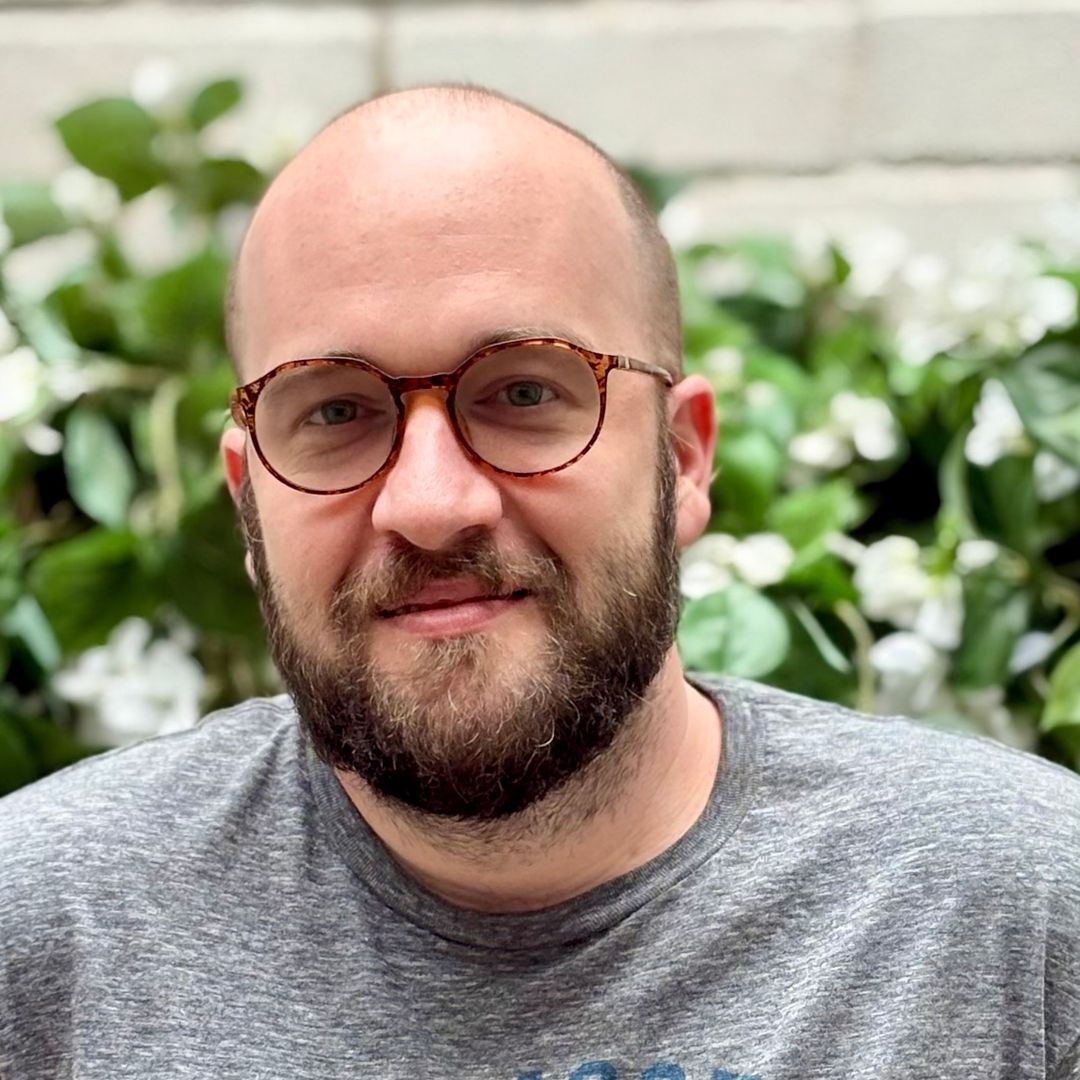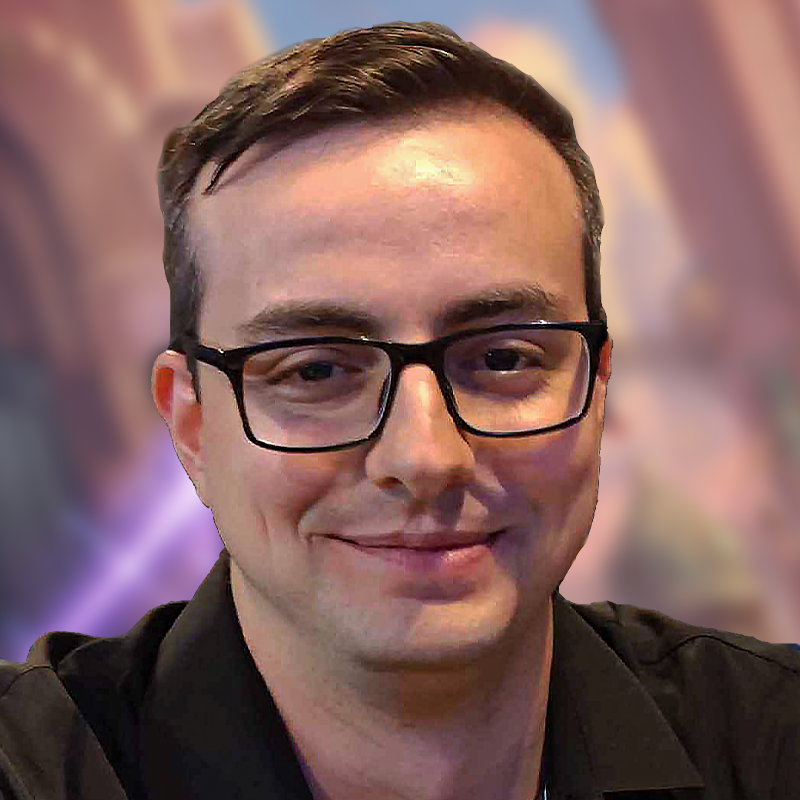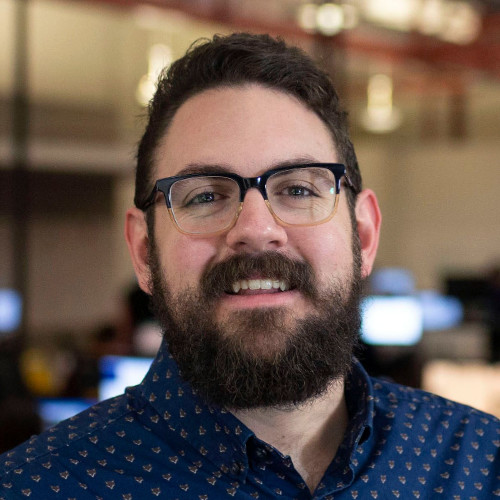
I was an early adopter of AI. When I started making what was to become Luminous, I was naive and excited about how AI would be able to make my dream a reality. It seemed like it could do anything.
I’ve since radically changed my stance on the matter.
This blog post is about honesty and the journey I went through during the early development stages of Luminous and why I decided that Luminous, and all future creations and products produced by Luminous Games, will remain AI-free for as long as I am CEO.
Throughout, every other member of the Luminous team shares their thoughts on AI, and why collaborating with real people was always the only option.

Nathan Overbay, Lead Designer and Head of Organized Play
You know, it's funny. The longer I research (game) design theory and philosophy, one note repeats itself: "Creativity is theft." The concept of originality is a paradox. None of us exist in a vacuum. Every one of us is influenced by the world around us. So of course artists will be influenced, and taught, by those that have come before. The same goes for game designers, like us. We have been influenced by all the games we’ve played. Learning what we like, and want to emulate, as well as what we want to avoid. It’s all based on having perceived, stolen, and repurposed fragments of the games of our predecessors to make our own, new thing.
So to say that AI art is theft, and that it’s wrong, is complicated. While it feels wrong, it’s hard to pinpoint the exact words to describe why. I think one foundation is the human element. Unlike the human experience, AI does not learn from experience. It doesn’t have the upbringing, the societal overtones, the emotion that shapes each person. All AI is doing is scraping together all art that already exists to homogenize new pieces. The worst part about it is that the more AI gets used, the more it will homogenize itself. Without humans creating new, distinct art, bred from their own talent and experience, art will recede, not grow.
But for our purposes, we are trying to create a living, breathing world. And for that, we need artists to imbue their talent and experiences to help us bring Ardua to life. We strive to give our players an immersive experience tailored specifically to Luminous. With that goal in mind, AI was never an option.
In the fall of 2022, a close friend was on a wait list for a new software surrounding AI.
As an aspiring creative game developer I was not following any of the backend work being done on AI. In fact, the only AI I knew was the 2001 Steven Spielberg film starring Robin Williams. With one friend's suggestion and my natural curiosity, I became one of the earliest adaptors to the first public version of ChatGPT. I was naive and uninformed.
At this time, basically no information on AI was available. It wasn’t a buzz word in tech and business yet, and I never could have imagined the speed at which DALL-E and Sora would turn the internet into AI slop. In the beginning, it wasn’t clear how ChatGPT was producing its results and it really was like magic. Like any new technology, I was blown away at what it could do. It was like magic.

Camri Hinkie, Visual Design and Marketing
I got involved with Luminous because I was so creatively inspired by the world that Colin shared with us that I couldn’t stay away. It’s something brand new in a space that feels very often recycled, reiterated, and tired out from squeezing every dollar out of existing IP.
Cory, Collin, and I can riff for hours on art direction, and I always come away with my head spinning with new ideas. I’ve also been able to use so many of my skills picked up over the years from marketing to graphic design to web development to physical crafting as a part of this project. As a designer and artist, this type of work is what I live for.
I’m also a technologist who has worked in software, at startups and large companies, for 15 years. In that time I’ve seen AI tech grow and change from something that felt full of possibility to make human life better, to something I now worry is more aimed at replacing creative workers and making the time and cost associated with creative endeavors passé and “bad business.” I don’t deny that there is a ton of potential for LLMs to help humans solve hard problems. What I’m not willing to give away is that feeling of creating something new and working with other creatives. So many times in this process we have had people suggest we save ourselves time and money by using AI to generate art or to write things for the game. In the words of Guillermo del Toro, “I would rather die.”
I had no idea the levels of hallucinations the AI was producing. Looking back, Open AI (the company that made ChatGPT) programmed a “Yes, here is the answer you are looking for” model even if the AI could not find the answer. The technology just made an answer up.
The YouTube channel Kurzgesagt - In a Nutshell recently made an amazing video discussing all of this and how fast this AI slop is accelerating and taking over the internet. It’s worth a watch.
You’ll notice that I write the “art” part of AI “art” with quotations. That’s because it’s not art. Not really. Art is created by the movement of a human hand, and the inspiration, creativity, and spark of the human mind. I am not saying AI “art” does not exist. It’s very much real. It’s taken over every aspect of browsing the internet. Pinterest is full of it. Facebook is full of it. Everywhere is full of it.
That’s why I think we do a disservice to artists to call it art. We just need to come up with a new name for it that we can agree on, so for now I just use the quotations. Maybe that word is slop, maybe that is how history will write and remember it.
But it’s not art. Not the way we think of it. Nothing is being created. In fact, much of the time, the “art” produced is using stolen work from real artists without their consent. That’s a problem. There’s value to creating something from nothing. From producing images of a world that’s lived only in my head for decades using other people’s interpretations of inspirations.
All of this is without mentioning the environmental impact that running these generative AI programs causes. All for what? Producing something cheaper? Faster?
I won’t go into depth on this too much more. I could write pages and pages discussing the research I did, and what I learned on AI electric usage and cost, legal battles over IP and artists, misinformation campaigns via lies and fake videos, hallucinations and hallucinations citing other hallucinations as fact along with the snowball effects of all of this. But I won’t. Unless you want that. Go ahead and comment if you do.
Just know that everyone at Luminous Games values artists and their contributions and want to foster an incredible community to bring every game we make to life.

Cory Outlaw, Creative Lead and Lore Master
Creation is a sort of telepathy; I take what's in my mind, and I put it into yours. When we talk about a creative work having a perspective, or a point of view, or something to say, that is what we're talking about. Someone made this, and they want you to see it, experience it, and to come away with a little bit of what was in their mind being in your mind too. It's what makes creating something worthwhile and, more importantly, it's what makes consuming something (whether that's a book, a painting, or a card game) worth your time.
I am sure there are human endeavors that are, or will be, made better by the use of AI. Creative work is not one of them, because the thing that makes art worth consuming is the humanity behind and within it.
Generative AI is bad for business. Not just from a moral standpoint. Not because someone might skip over your game because you use AI “art.” It’s just straight up a risk to use generative AI to produce a game.
Let me take a moment to give a word of warning to anyone currently making a game and planning to use AI “art” if everything I wrote above does not scare you off:
As if making a great game, starting a company, and making an IP is not already hard enough. Why would you add those two additional immense risks and lack of control to your business?

Gabriel Costa-Giomi, Lead Designer and Finances
In a world where the use of AI is becoming more and more common, we've made a deliberate choice to stay away from the use of AI art.
For me, this is first and foremost a matter of morality. It's important that our art comes from real human artists creating truly original work. Art should not come from scraping the internet and then stitching together pieces of other people's creations.
There is also a practical side to the no use of AI. The laws and regulations surround the use of AI in redistributed products and copyright are changing fast. Any company relying heavily on AI could easily find themselves on the wrong side of those changes.
You can cut corners and produce a game at a faster speed if you use AI “art.” There’s no doubt about that. I know as a young or new creator, the weight of art cost can weigh heavy on you. I promise you I understand that more than most. We’ve had to move at a much slower pace because of what we are attempting to accomplish, but I promise for more than one reason it is worth it.
Early on, I built a pitch deck and would discuss the risks and cost of AI “art” vs human art with potential investors. Almost every time, I was shut down and told “no” because they didn’t like the art cost and asked why I wasn’t going with AI “art.” In a world where profit is everything, coming in under budget at all costs is viewed as necessary. Spending money on art felt pointless for these potential investors when you could click a button and produce something for free.
The team and I faced setbacks regarding funding time and time again for years, unable to find the right investors who understood our vision. But it was worth the wait, and we found the right people. We are bringing this world to light with human art, and in a way we could control and own our IP and future.
But we never faltered and remain committed to bring the world of Luminous to life with human art so that we can control our own IP and future as well as support as many amazing artists as we can.

Collin Couey, Art Director and Operations
The reason I fell in love with Magic back in 2000 (I feel old writing that) was the art. I remember one of the very first cards I opened was “Calming Verse” from Prophecy with Rebecca Guay’s art on it. I had no clue what the card did. It didn’t matter. The fact that it existed drew me in and made me want to play the game. To this day, Rebecca remains one of my favorite artists.
Some people say that they could play games if it was just text on cards, but not me. And I think those people wouldn’t enjoy the game as much as they think they would. The art is the game. The art is the immersion, the story, the soul of games, and that makes the artists the architects and soul of games. Using human art was from the very beginning a necessary component, and I was committed to doing it no matter how hard it would be. Generative AI doesn’t create. It has no soul. It brings nothing new to the table.
Working with the amazing artists we’ve worked with has truly been a highlight of my life the last few years. Working with Cory to produce briefs and ideas has been great, but seeing those briefs brought to life has been one of the single most rewarding things I’ve been a part of. Waking up every day to new sketches in my inbox, talking through what we want things to look like, getting to know these artists has been so amazing. I wouldn’t trade it for anything else in the world, and I can’t wait to keep the relationships rolling as we continue to produce more cards.
We have already commissioned over 80 pieces of art, 50 of which will be in the first product that is currently in pre-sales, The Wanderers.
We have worked with 24 artists across 3 continents and have an artist list we have been building out our list of artists as we prepare to expand.
We’ve commissioned concept art for multiple upcoming Factions, the different series that we’re Kickstarting next year (stay tuned for much, much more information about that soon).
In a world of AI Slop, we support human artists and are dedicated to continuing to make premium AI-free products indefinitely.
If you are an artist or know an artist who would be interested in working with us, please contact: LuminousGamesLLC@gmail.com. Thank you for supporting this company, artists and the world we are building.
There is no traffic on the extra mile.
Get dispatches from our team as we develop the game.